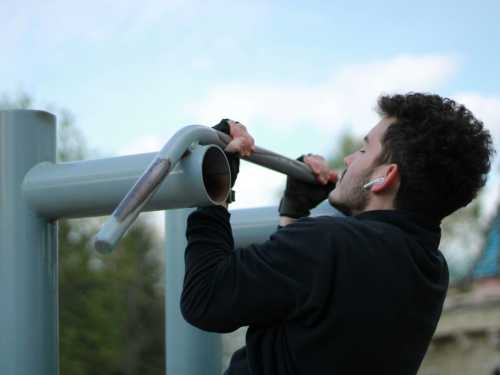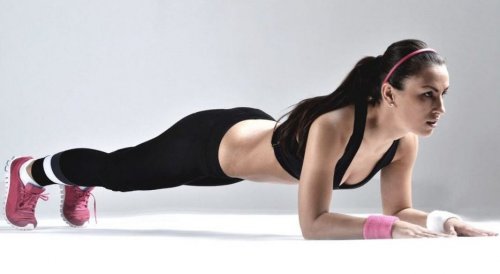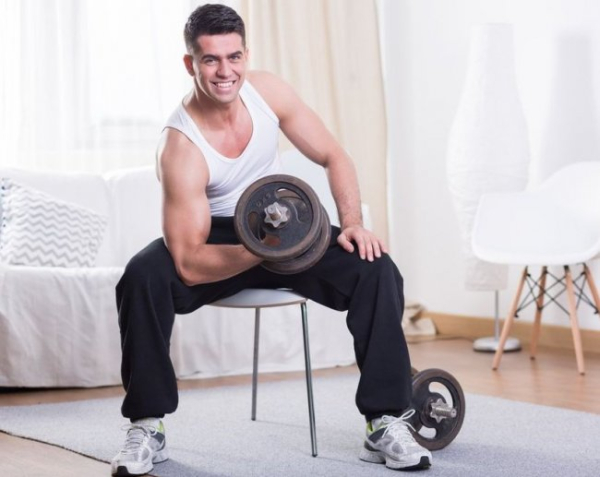
Before you move on to full-on pull-ups, especially if you're starting from scratch, it's important to build up your core strength with basic exercises like Australian pull-ups or band work. Once you can do at least one rep, consciously working on the phases of movement is key to your progress.
Negative Phase: An Essential Component for Deep Muscle and Strength Development
Any pull-up movement includes two phases: a positive (concentric) phase, when the muscles contract to lift the body, and a negative (eccentric) phase, when they lengthen in a controlled manner, slowing the descent.
If you just “fall” down instead of lowering slowly, you're missing out on a huge opportunity to get stronger. Both phases—the ascent and descent—work together to build strength, endurance, and muscle.
If you only think about how to get up and don't control the descent at all, your progress will be much slower. It is the quality execution of the full range of motion – from full hang on straight arms to raising the chin above the bar – that contributes to maximum muscle strengthening and overcoming plateaus.
Controlled descent (also called the eccentric phase) is especially beneficial for strengthening ligaments and tendons. When muscles are “stretched” during a slow descent, they are put under a lot of strain. This forces the ligaments and tendons to adapt, becoming stronger and more resistant to injury. This is important for joint stabilization and power transmission, especially when an athlete is trying to overcome a plateau, say, from 5 to 10 pull-ups.
When you add slow, controlled descents to your workout, you're not just preparing your muscles for harder lifts, you're also significantly strengthening your body's entire “support system.” Strengthened ligaments and tendons are often the factor that unlocks hidden muscle strength potential, allowing you to progress further and perform the movement noticeably easier.
Correct grip in pull-ups
Choosing the optimal grip for pull-ups is individual and often depends on your specific training goals.
Different grips load muscles differently and change the direction of force application. For example, a classic overhand grip with a shoulder-width grip evenly engages the lats and arms. A wide grip isolates the lats more, while a narrow reverse grip (palms facing in) places more stress on the biceps. A neutral grip (palms facing out) is often the most comfortable for the shoulder joints.
To find the grip that works best for you, it's worth experimenting. Choose 2-3 different grips that you feel comfortable with, and over the course of a few workouts, compare them based on key metrics for you: maximum reps, feeling the target muscles working, and no joint discomfort. This way, you can find the grip that best suits your body type and training goals.
Every person is unique: we have different arm lengths, body proportions, and even how our muscles attach. Therefore, the “correct” grip and technique is always about adapting the exercise to the specifics of your body.
Your task is not just to find a comfortable position, but to choose a movement that works the right muscles to the fullest, minimizes the risk of injury, and uses your strengths.
Step to confident pull-ups
I learned a valuable lesson from my grandfather as a child, when my attempts to pull up more than five times were unsuccessful. My grandfather made me pull myself up to the bar, touch my chin, and freeze in the top position for the maximum time.
I held out for 20 seconds. My grandfather then said: “Until you can hang for at least forty seconds, don't even think about increasing the number of pull-ups!”
He explained that each rep, while lasting about 3 seconds (with a 1.5-second rise and 2-second fall), required a complex combination of strength and endurance. The fact that I couldn't hang still for more than 20 seconds meant one thing: I lacked basic muscular endurance and grip strength. That's probably why I was “stuck.”
Of course, this isn't straight math, but the key idea is: for muscles to grow, they need to be under load for a long enough period of time. This is the foundation of the foundation.
To achieve my new goal of 10 pull-ups, I realized I needed to significantly improve my ability to hold my body under tension. After just a month of training, when my hold time increased to 40 seconds, I was able to complete 10 reps, which convincingly confirmed the fundamental value of this approach.
The bottom line is that when you hold tension at the hardest points for a long time, you're building specific muscle endurance, improving your brain-muscle connection, and becoming more resilient overall. This creates a solid foundation for your progress because it builds muscle endurance, tendon strength, and grip strength—all of which are essential for confident pull-ups.
Джерело: ukr.media






